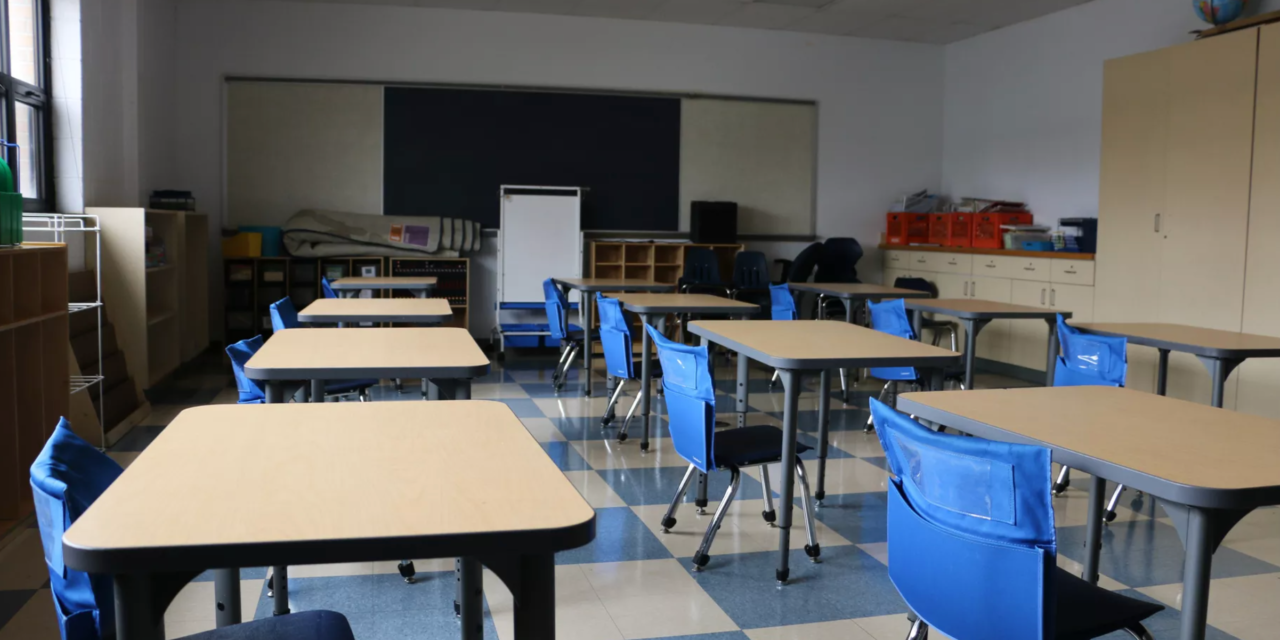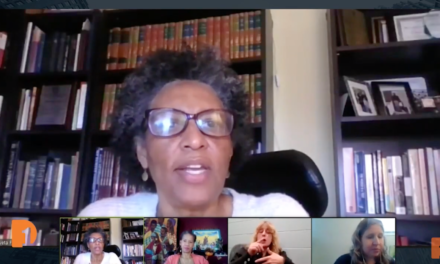The students who need in-person instruction the most are among the least likely to get it, new Michigan data shows.
Education leaders in the state have insisted since the beginning of the pandemic that virtual instruction simply can’t meet the needs of thousands of students — notably young readers, English learners, students with special needs, and students from low-income families who may not have the resources required to learn from home.
But this fall, as the pandemic raged, many of those students didn’t have the option to learn in person. Students from low-income families were seven times less likely to have an in-person schooling option than their wealthier peers, and Black students faced a similar disparity. Only half of districts reported opening their classrooms to children with special needs.
“These numbers devastate me,” said Katharine Strunk, a professor at Michigan State University who helped collect and analyze the data. “Even if parents don’t choose the option to be in person, it’s hard for me to explain why we think it’s okay to give wealthier and whiter families the choice to be in person and not give less wealthy and Black students” that choice.





